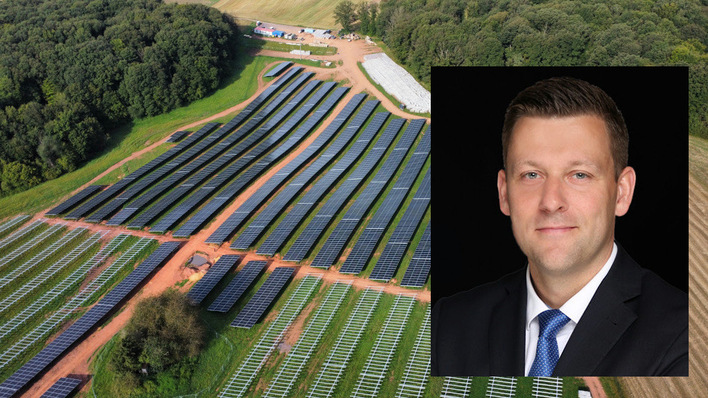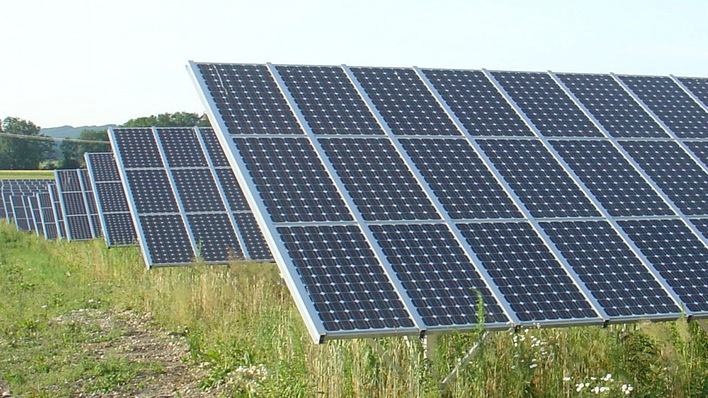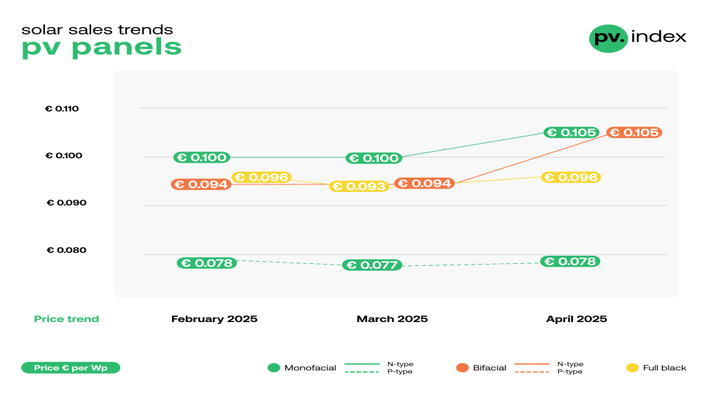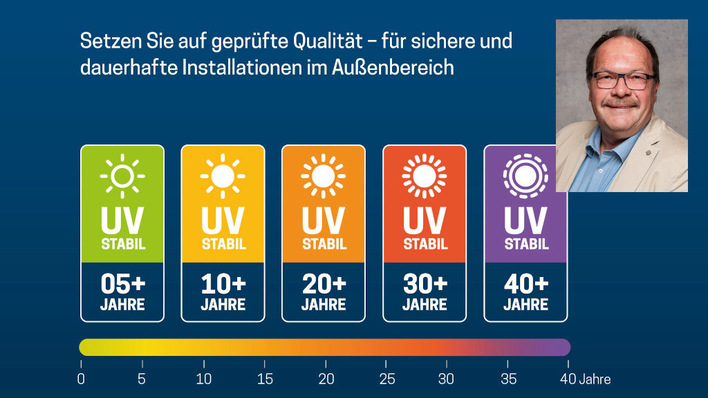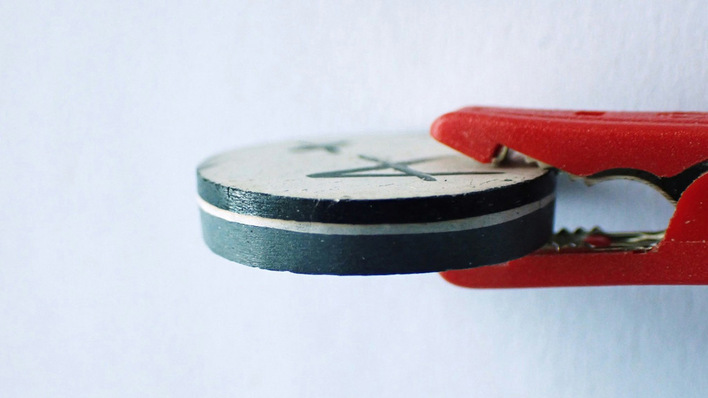If you want to get off the grid or increase the self-consumption of solar energy, you need an efficient and economical way to store the energy you collect. But what is there to look out for when choosing energy storage systems? The answer: Using solar battery storage for your home. With the following 8 tips in mind, buying the right energy storage unit brings you a lot closer to an independent and inexpensive way to use electricity in your own home.
These are the 8 expert tips to keep in mind when integrating energy storage systems in your home:
1. First install PV to your roof –then make use of energy storage!
2. Battery size should reflect your needs!
3. Lead or lithium battery: a question of space – and of price!
4. Efficiency is determined during off-peak hours!
5. Energy storage can earn money!
6. Electric lawnmowers, pedelecs or electric cars are all mobile: energy storage systems!
7. Prefer European components and equipment for your energy storage systems!
8.Leave the installing to the experts!
1. First things first: Get your PV system up, then make use of energy storage
Having a energy storage system only makes sense, if you are producing clean solar power off your own roof – and if it then allows you to increase your own self-consumption. So it is important that you first become familiar with solar generators (photovoltaics). Even without a storage unit, they will allow you to cover around 50 percent of your consumption from solar PV, depending on the size of your generator. If hot water is produced electrically, the share of self-consumption is even higher. In combination with a battery, this can be as much as 80 or 90 percent. But in order to properly dimension your battery, it is important to be aware of how much energy is used in the hours between sunset and sunrise.
It may also be a good idea to start with a smaller battery, maybe four or five kilowatt hours. Simple electrical connectors mean that adding battery capacity later usually is not a problem. All that is required is an upgrade to the charging electronics (i.e. the inverter). Back to top
2. Get it right: The capacity of your solar battery storage has to reflect your actual needs
The right size of your solar battery storage is determined by the energy needs of its users. It should be large enough so that the electricity it provides allows the residents of your house to get through the evening, night and morning. For the average household, an energy storage unit between three and eight kilowatt hours should suffice.
A key figure is the unit’s output: Instantaneous water heaters or the kitchen stove at times require vast amounts of energy from the battery. You need to take that into account when choosing what battery is right for you. Back to top
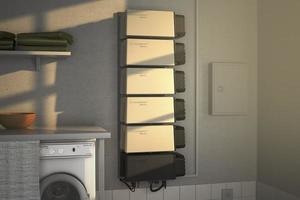
If you choose a modular energy storage system like MyReserve Matrix from Solarwatt you can adapt the needed capacity easily
3. Lead or lithium solar battery? It really depends on your space and budget
There is a lively debate among experts on what type of battery is best:
Lead batteries have been around for more than a hundred years, so they are tried and tested. On the other hand, because of the chemistry of lead-acid or lead gel batteries, they only use 50 percent of their capacity, which means that to achieve an actual capacity of four kilowatt hours, your battery would have to have a gross capacity of at least eight kilowatt hours. Also,3Windows lead is heavy, so it is only practical for battery systems that are fixed in place. And such batteries usually require forced ventilation to get rid of gases that might be produced.
Lithium storage units are more effective, because they can be discharged to within 80 or 90 percent of their capacity. Some manufacturers even promise 100 percent, but that is pie in the sky. Lithium batteries are hermetically sealed, which makes installation easier. However, the price is in most cases higher than for lead batteries: approximately 700 - 1,000 euros (lithium iron phosphate cells) versus 500 euros (lead-acid cells), including battery management and charge control. Within the last four year prices for residental energy storage systems declined by 40 percent, for commercial storage systems by 50 percent and this trend is expected to continue. Soon lithium batteries will be on par with lead batteries. Back to top
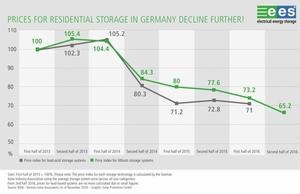
Prices of li-ion energy storage systems are decling faster than of lead solar batteries.
4. Did you know? Efficiency is actually determined during off-peak hours
Energy storage units have hours or days when they run at low capacity. Very rarely do they run at full load, i.e. at maximum charging or discharging capacity. They mostly run on partial load. So key to their overall efficiency is what is known as their off-peak performance. A large energy storage unit (with many kilowatt hours of capacity) with a low charging capacity (low currents for charging or discharging) would not be a good idea, because it takes much too long to be fully charged and when demand is high, it discharges too slowly. To be on the safe side, always choose a solar battery storage system where the maximum number of kilowatt hours of storage capacity is roughly equal to the power produced (e.g. 3 kWh/3 kW). A battery of seven kilowatt hours storage capacity with only two kilowatts of power output is a little bit on the weak side and will not operate efficiently. For instance, it would require three and a half hours of full sunlight to recharge. Back to top
5. Do not miss out: You can make money with your energy storage
Some storage manufacturers offer an opportunity to their customers to generate extra revenues from the grid. They link up thousands of battery systems, forming an intelligent swarm which draws electricity from the grid when power stations are generating more than is needed at the time. In high demand times the bundled solar electricity can be sold at the spot market or as control energy. This surplus is then passed on to the owner of the solar batteries at a discount or even free of charge. However, this requires a certain amount of investment to connect the batteries to a central grid management system and install an additional metre to measure the grid operations. Through optimized self-consumption and peak load shaving services costs of commercial energy storage systems can be already at around 10 Cents/kWh. Back to top
6. Electric lawnmowers, pedelecs or electric cars are all mobile energy storage systems
If your household includes battery-operated vehicles and devices such as lawnmowers, riding mowers, wheelchairs, pedelecs or electric scooters or electric cars, you can choose a correspondingly smaller storage unit. They all contribute to the energy storage capacity and thus increase the degree of utilisation of the solar energy off of your roof. In order for such devices and vehicles to be able to not only draw but also feed power back into the house, you need renwable charging technology. Feeding electricity back into your house is possible, but doing so from a vehicle into the public power grid is not. Back to top
7. Prefer European components and equipment for your energy storage systems
When it comes to solar battery storage, you should give preference to European system providers. Even if they use battery cells manufactured abroad, the charger technology, fuses and switches as well as housings are made in Europe. European manufacturers tend to have better service in case of complaints or damage. Sure, European products might be more expensive than the competition from the Far East. But buying cheap usually means buying twice. Back to top
8. Leave the installing to the experts
The installation of the solar batteries should under any circumstances be executed by local trained technicians. They have often already fitted similar systems and buildings.
Another crucial point: You can tell a good installation company – apart from their references – by the fact that beyond commissioning and fire protection, they also offer to take care of maintenance right from the start. Back to top (HS/HCN)
More useful information about energy storage systems:
Energy storage: costs, prices and finance at a glance
Get all the new products for energy storage here.
Energy storage: our insight stories at a glance
Energy storage: our expert’s interviews at a glance
Energy storage for commercial use: all reports at a glance
Solar panels:
Choose your right solar panels
Electric cars:
Learn about electric cars to make more use of energy storage


